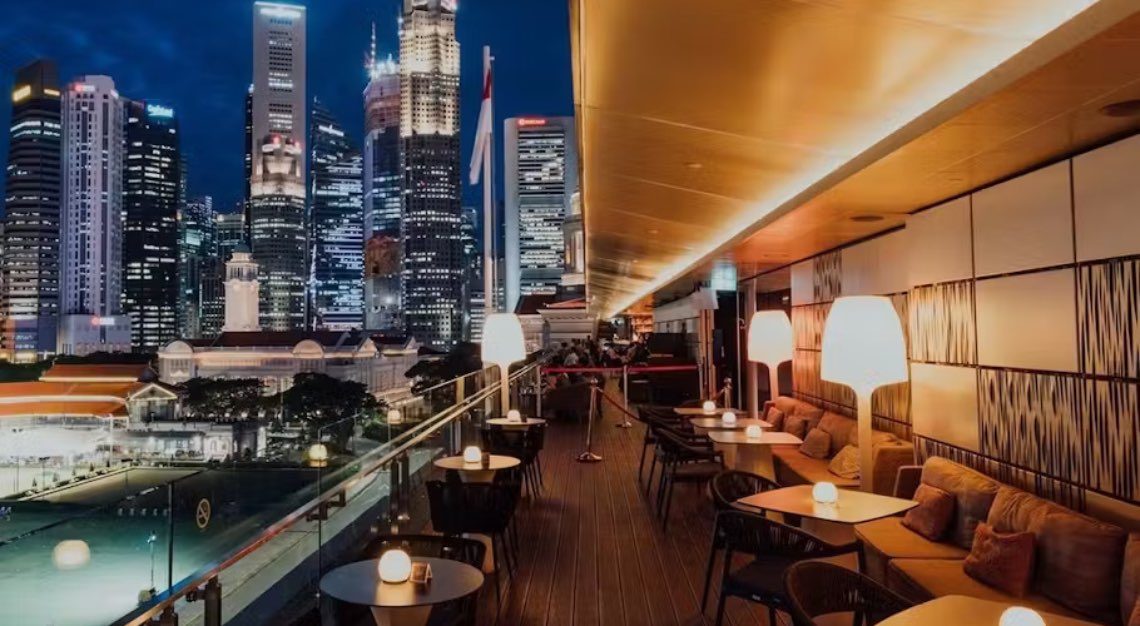In this edition of Dished Out, we speak with, Sean Mell, head chef at Neon Pigeon, about how Japanese cuisine enriched his passion for food
Food is a discipline that tangibly reflects the merits of the truism that study rewards enjoyment to an exquisite extent. In that regard, chef Sean Mell is a craftsman who is a living embodiment of that truth. The New York City-born former Executive Chef at the Hawaii and Hong Kong bastions of Nobu is a formidable force is the arena of modern Japanese cuisine whose inventiveness and flair come earned from answering the calling he felt in his bones before he set foot into culinary school, as he sat at the dining table on Thanksgiving.
Now, he helms the kitchen at Neon Pigeon, the pride of contemporary izakayas in Singapore. There is a trinity of reasons why the discerning cognoscenti of taste and culture routinely drop their pins here: 1) The space, decor and furnishings work in concert to give it a personality, a sublime cool, a playful irreverence that is worldly and refined 2) the drinks menu, which bows to Japan for their influences but face the world with their impact and 3) chef Sean Mell, whose vision makes a canvas of flavour and whose technique elevates them to greater and newer places.
Here, he shares how food and, Japanese food in particular, became an unyielding passion of his and why Neon Pigeon is the great stage on which he can work his magic.
What drew you to food?
It started with my family. I experienced how food brings people together and how it creates moments and memories amongst people. That’s the main reason I do this. I like the idea of being part of somebody’s special occasion and creating moments for them. Cooking for people and giving them something to be nostalgic about—that’s what keeps me here.
Food is a bond in my family that has proven hard to break. Even when there were disagreements between different people, we’d still sit down during the holidays and have a big family moment. My favourite food memory has to be Thanksgiving. It’s the most epic meal and one of my favourite holidays, still.
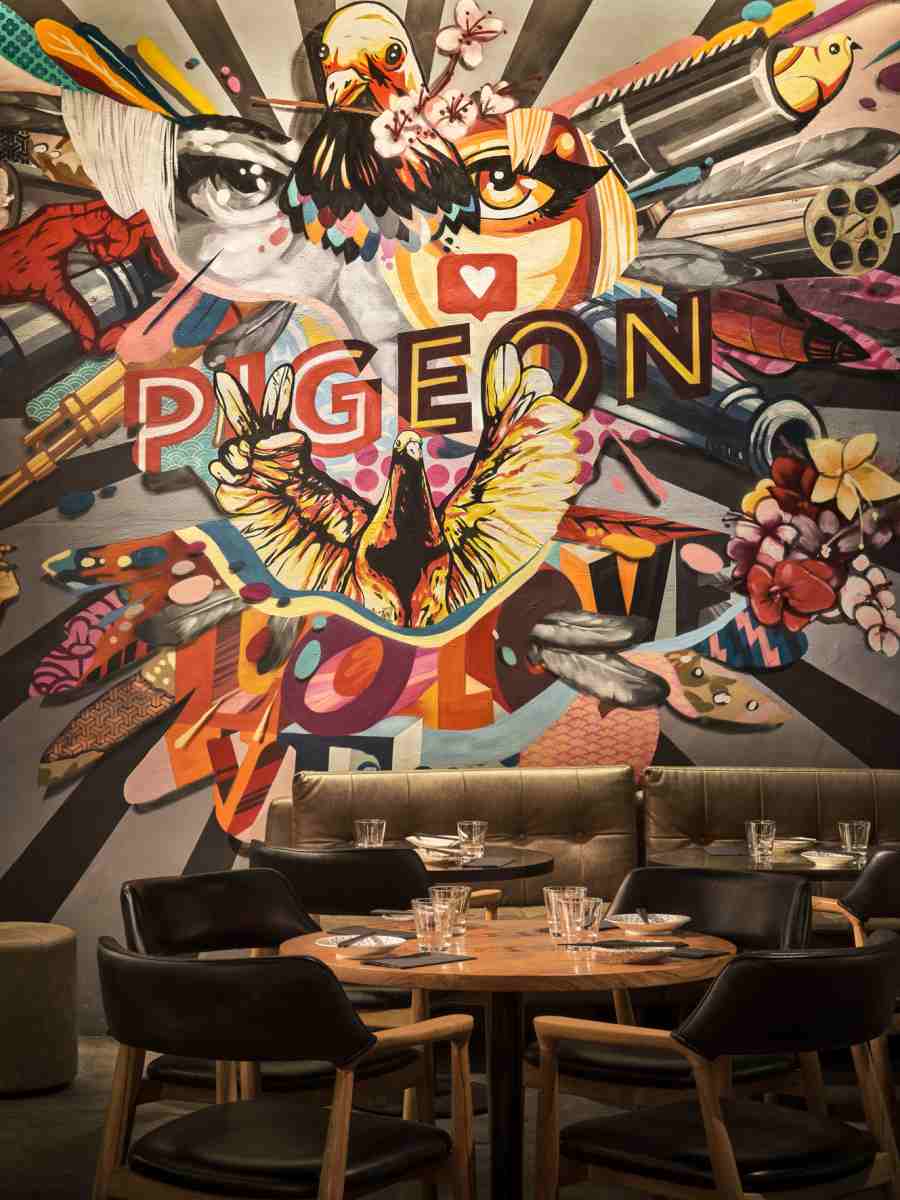
So how does a New Yorker come to be so intimately involved in Japanese cuisine?
When I first started cooking, I was more in the classic French and modern American vein. I was working with David Burke, back in the day, and it became repetitive. Whether it was French or modern American, all the mother sauces are the same, all the product we were using was the same. I felt like I was seeing the same thing over and over again: everything was covered with butter and a sauce and on and on.
So, when I was in culinary school and it was time for me to do my externship, I went on a heavy search of restaurants in New York that were on a completely different end of the spectrum. I came back with one restaurant: Nobu. Besides a shrimp tempura roll, I hadn’t really seen or eaten Japanese food before. It was there that I had sashimi for the first time. I fell in love with that world immediately; just the different flavours and techniques, the freshness and simplicity of the food, where every ingredient shines on its own yet works together for the totality of the dish.
What did working in a new medium of food do for you as a chef?
I learnt about the wonders attention to detail can do for a dish. The way a Japanese chef handles a product; the care, concern and delicacy with which ingredients are so much as stored and touched, that was really intriguing to me. Japanese chefs master their ingredients: they figure out the best possible way to use them in whatever they’re cooking. They really take care of the product and they’re really meticulous and precise about everything. So much care is also taken to make the food look beautiful all the time as well.
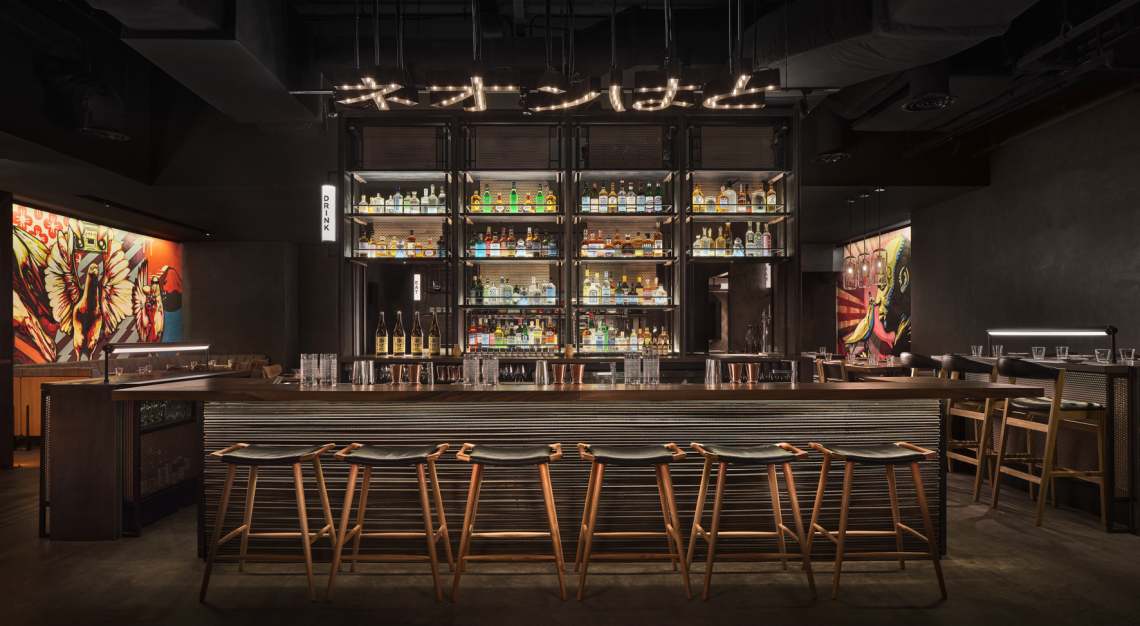
The term izakaya is thrown around a lot in Singapore. As a chef who holds court in this format, what do you think people need to get right about it?
I agree. It’s a very loosely used term here. I feel like we’ve lost sight of it in Singapore. An izakaya is essentially a drinking den. For me, an izakaya is an intimate space where the conversations are loud; there’s Japanese pop playing in the background; you’ll still have your sushi and sashimi but you’ll also experience a unique approach to Japanese cuisine. There’s a true Japanese version of it and a more global one that people are used to.
Neon Pigeon’s approach to it is certainly a distinct and winning one.
Neon Pigeon has definitely nailed it with the ambiance and vibe. There’s also a great culture here. When I first joined, I told them that one of the reasons I’ve been bouncing around is because I never felt that family feeling. Here, not only does it feel like family, the vision and goal of an izakaya, which is reflected in the decor and furnishings in the space, is great. We also do parties, four hands dinners and a whole host of events. This is a place where you eat good food, be around good people, listen to good music, have good drinks and have an all-around great experience.
As a repeat visitor, I must say that there’s an electricity in the air, a certain lively magic that feels completely organic. Why do you think that is?
Yes. There’s an energy and vibe here. It starts with the team. When you walk in, everyone’s engaged and happy to see you and ready to pour you a shot of sake. You don’t feel as if you’re walking into a restaurant—you feel as if you’re walking into a space you belong. You’re being taken care of the second you walk in, even before you’re sat at your table.
The main thing is that, the moment you walk in, you know you’re going to have a great time. It’s so alluring: when you’re standing outside, this place could be anything. You hear music and you feel the energy. It starts at the door.
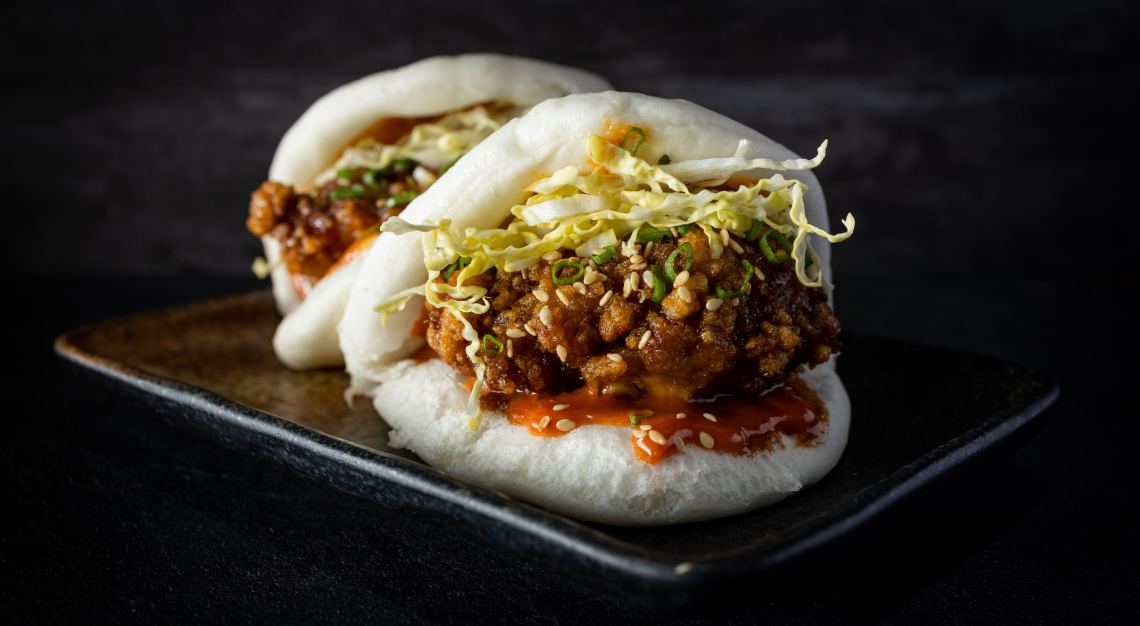
And when it comes to the food, what can you tell people about your approach to the menu here?
I want to tap into nostalgia. How can I approach a dish that people are familiar with flavour-wise and make something new of it? We have items on the menu that are simply stated as Grilled Octopus, Teriyaki and Potato Chips and KFC Bao. We’ve sold 635 KFC Baos in the last month—and that’s one piece at a time. My main aim is to use ingredients that people are familiar with but tweak them and make it different, without having to explain it on the menu: comfort/soul food made in a playful and thoughtful way.
What do you think makes a restaurant a destination?
The Tokyo Hummus! People really come here for it. But to answer your question, I’d say a restaurant becomes a destination after the feedback you get from your guests. Word of mouth about everything a restaurant does is so important. So, a restaurant has to have good quality people, food and drinks, as well as consistency in the branding and style of service. A guest should experience the same level of service and the same quality of food and drinks no matter when they walk in.
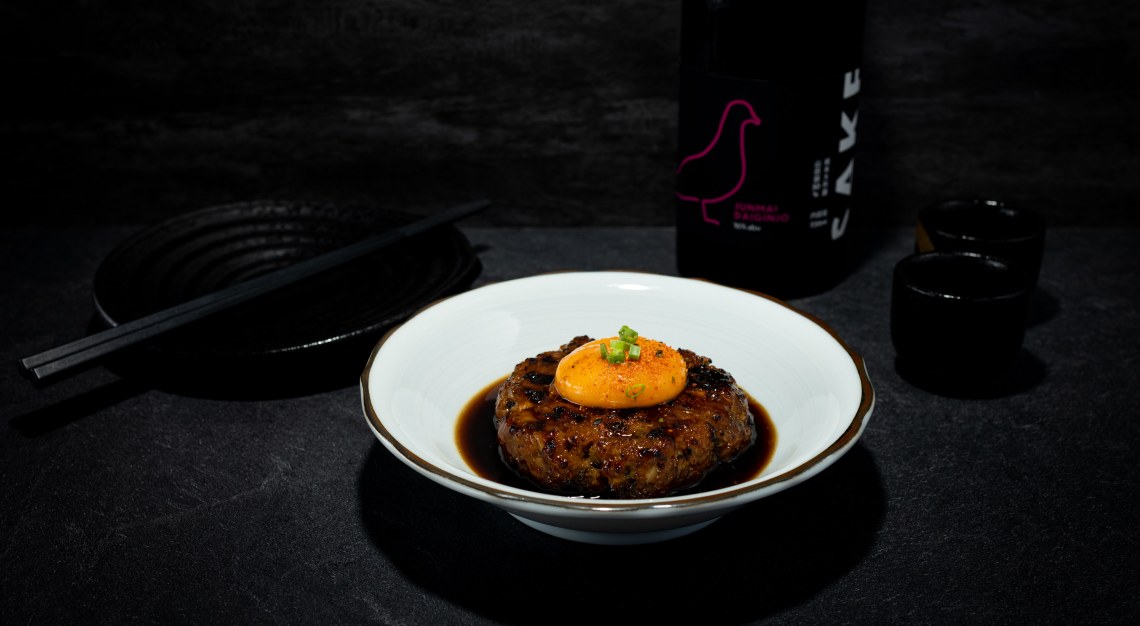
Lastly, if you are what you eat, what are you?
This is a hard one. Probably Peking Duck. You get a nice wrap, crispy duck skin and juicy duck meat, all complemented by cucumber, plum sauce and mango. Textures and flavours, all wrapped in one bite.
Neon Pigeon
36 Carpenter St,
01-01,
Singapore 059915
Tel: +65 3129 7551





